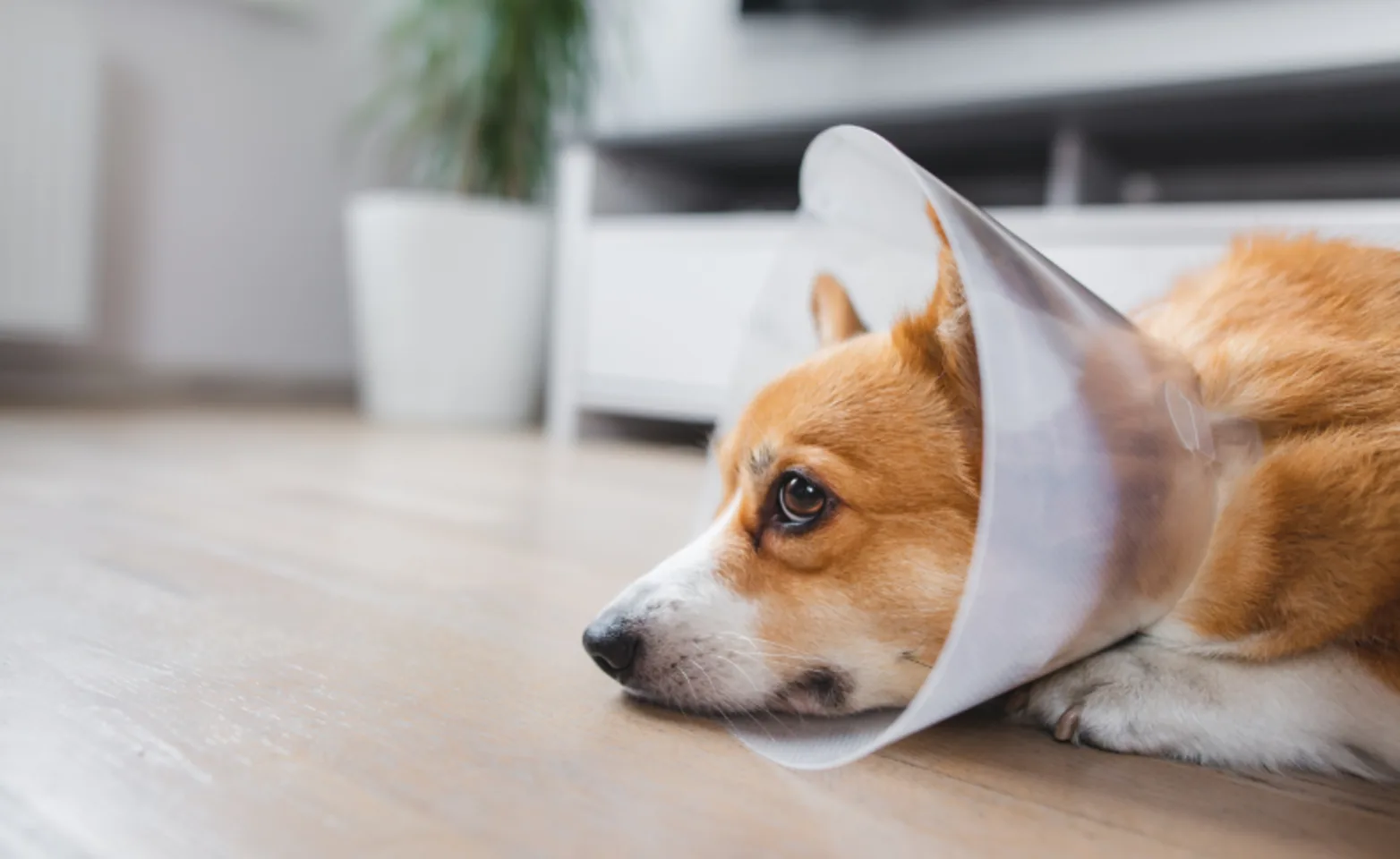Veterinary Urgent Care by ETHOS

Our hospital is proud to offer a wide range of surgical services to help pets in need of specialized care.
Whether your pet requires a life-saving procedure or a planned surgery to improve their quality of life, our experienced team is here to provide compassionate, gold-standard care.
Below, we’ve outlined the types of surgeries we perform and when they might be necessary. If you have any questions or concerns, or if your pet needs a consultation, please don’t hesitate to contact us.
Types of Surgeries We Offer
1. Foreign Body Removal
When is it needed? If your pet has ingested a non-digestible object, such as a toy, string, or bone, and is showing signs like vomiting, loss of appetite, or lethargy.
Why it’s important: Foreign objects can block or damage the digestive tract, which can be life-threatening if not treated promptly.
2. Intussusception Surgery
When is it needed? When part of the intestine folds into itself, causing obstruction. Symptoms include abdominal pain, vomiting, diarrhea, and lethargy.
Why it’s important: This condition requires immediate surgical intervention to restore proper function to the intestines.
3. Gastric Dilatation-Volvulus (GDV) Surgery
When is it needed? Also known as “bloat,” this life-threatening condition occurs when the stomach twists on itself, cutting off blood flow. Signs include a distended abdomen, restlessness, and unproductive retching.
Why it’s important: GDV is a surgical emergency that must be addressed immediately to save your pet’s life.
4. Routine Gastropexy
When is it needed? This preventative surgery is often performed on at-risk breeds to secure the stomach and prevent GDV.
Why it’s important A proactive measure to ensure long-term health and reduce the risk of bloat.
5. Splenectomy
When is it needed? If your pet’s spleen is damaged, enlarged, or has a tumor, removal may be necessary.
Why it’s important: This surgery can alleviate symptoms and prevent complications such as internal bleeding.
6. C-Section (Cesarean Section)
When is it needed? For pets experiencing complications during labor, such as dystocia (difficulty giving birth).
Why it’s important: Ensures the safety of both the mother and her puppies or kittens.
7. Pyometra Surgery
When is it needed? For pets with a life-threatening uterine infection, often seen in unspayed females. Symptoms include lethargy, increased thirst, and discharge.
Why it’s important: Immediate surgery is needed to remove the infected uterus and save your pet’s life.
8. Mass Removal
When is it needed? If your pet develops a lump or bump that is growing, causing discomfort, or has been diagnosed as cancerous.
Why it’s important: Removal can improve comfort and potentially prevent the spread of disease.
9. Laceration Repair
When is it needed? For deep cuts or wounds that require surgical closure to heal properly.
Why it’s important: Proper repair reduces the risk of infection and promotes faster healing.
10. Enucleation (Eye Removal)
When is it needed? For severe eye injuries or conditions causing chronic pain, infection, or blindness.
*Why it’s important: Removing a damaged eye can relieve pain and improve your pet’s quality of life.
11. Cystotomy (Bladder Surgery)
When is it needed? To remove bladder stones or address other issues within the urinary tract. Symptoms include blood in urine, difficulty urinating, or frequent urination.
Why it’s important: This surgery resolves urinary blockages and discomfort, helping your pet regain normal bladder function.
